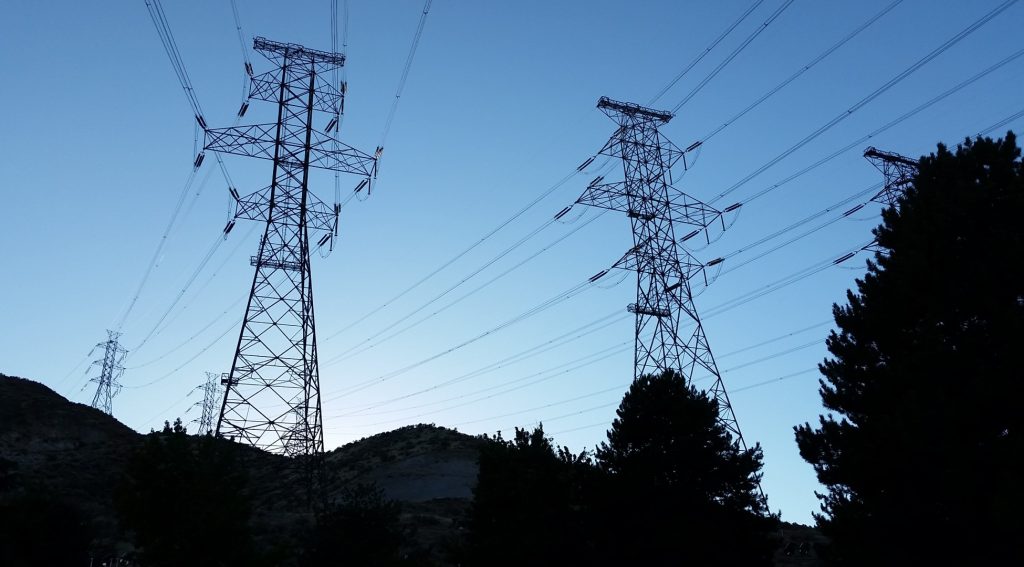A new report reveals that a critical disconnect between the rapid growth of renewable energy generation and the slow pace of power transmission infrastructure development is hampering India’s ambitious clean energy transition.
As of June 2025, more than 50 gigawatts (GW) of renewable energy capacity is stranded nationwide, leading to project delays, increased costs, and a significant risk to the country’s decarbonization targets.
Key findings:
Grid Expansion Shortfall: In fiscal year 2025, only 8,830 ekm of new transmission lines were commissioned, against a target of 15,253 ekm, marking a 42% shortfall.
System Inefficiencies: Analysis by the National Renewable Energy Laboratory shows that up to 71% of Inter-State Transmission System (ISTS) corridors operate at less than 30% utilization.
Regional Impact: For instance, Rajasthan alone has 8 GW of renewable energy capacity stranded, with nearly half of it curtailed during peak solar hours.
Record Lows: ISTS additions have hit their lowest level in a decade.
Procedural and structural bottlenecks:
The report highlights that the widening gap is a result of several deep-rooted issues. One of the primary barriers is the right-of-way (RoW) disputes and prolonged land acquisition processes that delay project completion.
Additionally, speculative hoarding of transmission capacity by some entities has driven up connectivity prices and delayed access for legitimate projects. The situation is further complicated by multi-agency approval requirements and restrictions on equipment procurement.
A call for coordinated reforms:
To overcome these challenges, the report calls for a unified generation-transmission planning framework that aligns the timelines and locations for both power generation and grid infrastructure.
It also recommends implementing a single-window clearance system to streamline approvals and introducing performance-based incentives.
Prioritizing the integration of energy storage systems is also seen as vital to bridge the mismatch between intermittent renewable generation and grid consumption.
“The implications are significant—over 50GW of renewable energy capacity is currently stranded nationwide, increasing per-unit transmission costs, weakening project viability, and deterring private investment,” said Vibhuti Garg, Director – South Asia, IEEFA. “These constraints limit the pace at which new capacity can be brought online and undermine India’s ability to integrate variable renewable energy at scale, risking missed milestones in the country’s clean energy transition.”
According to IEEFA, a coordinated approach is essential to transform India’s transmission network into a flexible and resilient system capable of supporting high renewable penetration. The government has taken some steps in the right direction, such as extending ISTS charge waivers for storage and implementing new allocation frameworks, but without targeted reforms, the misalignment between generation and evacuation infrastructure will likely continue.












